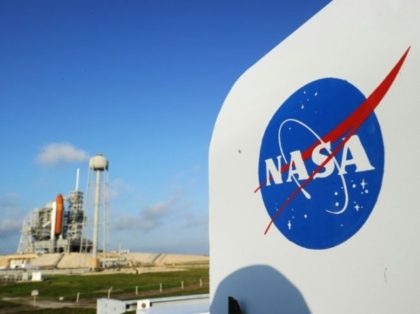President Donald Trump Sending NASA Back the Moon – And Beyond
President Donald Trump has signed a directive for the National Aeronautics and Space Administration (NASA) to join the brewing space race once again.
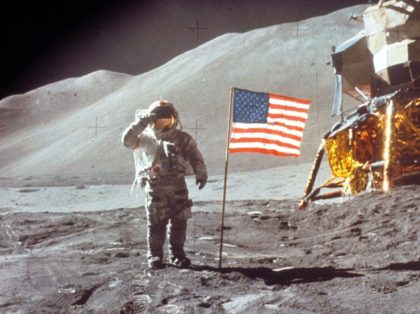
President Donald Trump has signed a directive for the National Aeronautics and Space Administration (NASA) to join the brewing space race once again.

The president said he wanted the send American astronauts back to the Moon for “long-term exploration and use.”
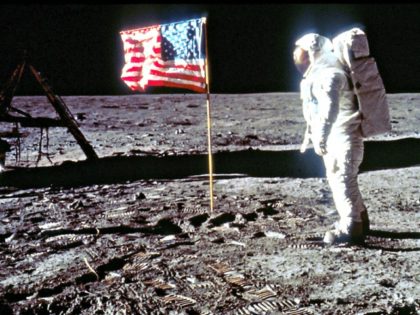
The CEO of Boeing recently stated his belief that the company will transport astronauts to Mars before Elon Musk’s SpaceX.
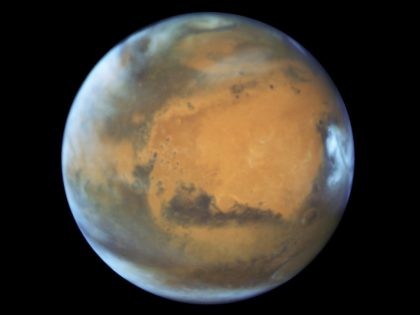
Alarmist scientists have been caught red-handed tampering with raw data in order to exaggerate sea level rise.

Cosmonaut Anton Shkaplerov claims that the bacteria he swabbed from the exterior of the International Space Station did not come from Earth.
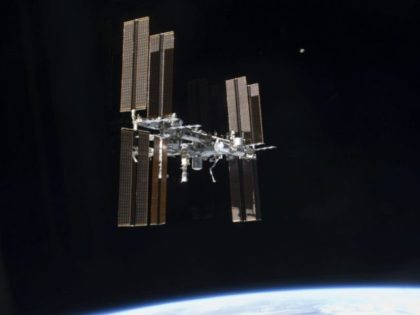
LISBON (Reuters) – Uber is taking part in a joint industry and government push with NASA to develop software which the company aims to use to manage “flying taxi” routes that could work like ride-hailing services it has popularized on the ground.
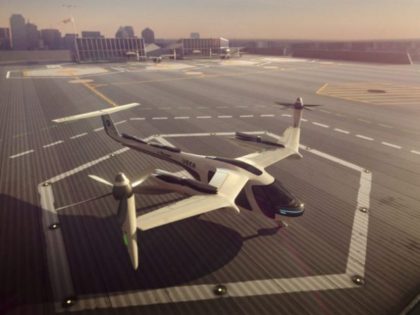
On October 16, 2017, scientists discovered the collision of two neutron stars of such magnitude that the resultant reaction would create hundreds of times the mass of our entire planet in gold and platinum.
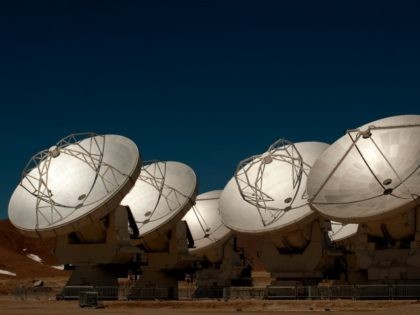
Gwyneth Paltrow’s lifestyle brand Goop has been awarded the inaugural honor for promoting the “worst pseudoscience” this week by a UK magazine that says the health and wellness products offered by the actress’s company simply don’t work as advertised.

Speaking at the inaugural meeting of the National Space Council, Vice President Mike Pence confirmed a shift in goals for NASA towards putting humans back on the Moon.
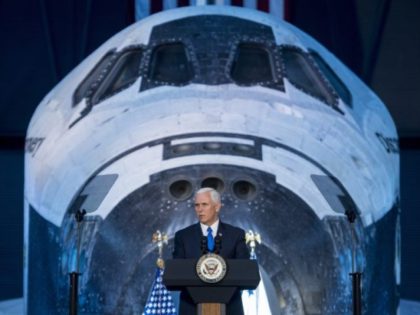
CEO Elon Musk announced Friday that SpaceX is going all-in for interplanetary commuting to Mars by developing its next-generation rocket, called BFR (short for Big F***king Rocket).

NASA and Russia’s space agency Roscosmos announced their collaboration on a moon-orbiting spaceport project on Wednesday.
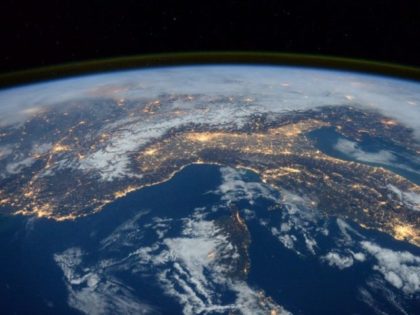
After nearly two decades, NASA’s Cassini spacecraft completed its mission to study Saturn and its moons on the morning of September 15, 2017.
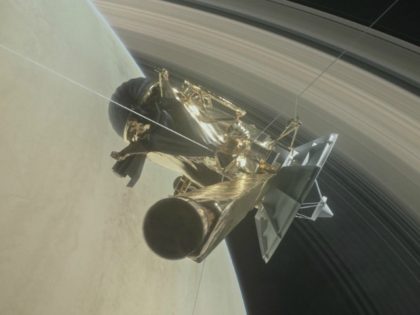
On the sixteenth anniversary of the devastating 9/11 terrorist attacks, NASA shared photos taken by the lone American aboard the International Space Station on that fateful day in 2001.
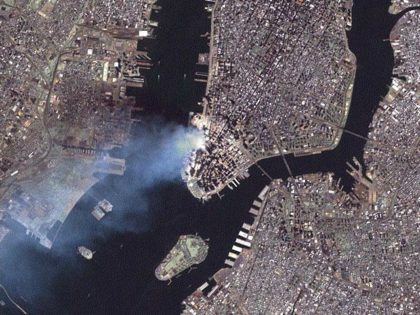
The next head of NASA is likely to be an ex-Navy fighter pilot turned Republican congressman who believes strongly in space exploration but is skeptical about man-made climate change.
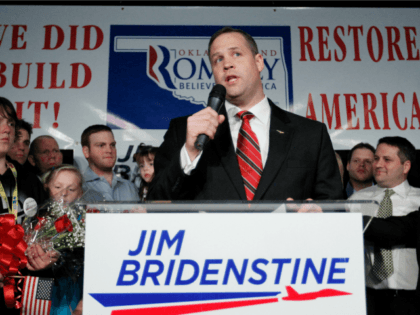
Clemson University researchers have successfully used human waste to create valuable supplies for extended space missions.
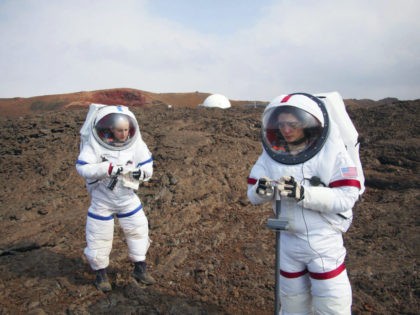
The United States Army will no longer employ Chinese-made DJI brand drones in any capacity, due to potential security risks.
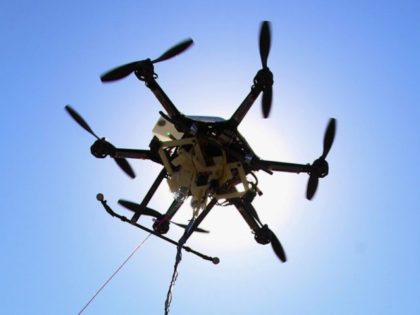
A 9-year-old boy applied to the National Aeronautics and Space Administration’s (NASA) “planetary protection officer” position Thursday in the hopes that he could protect Earth from aliens — and he got a response from NASA.
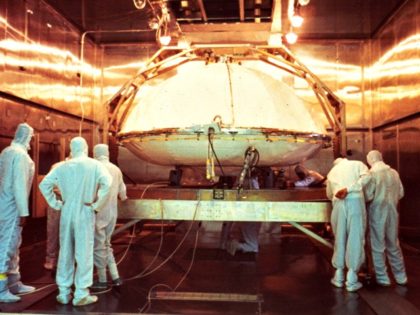
Australia’s Bureau of Meteorology (BOM) has been caught red handed erasing record-breaking cold temperatures from its data records.
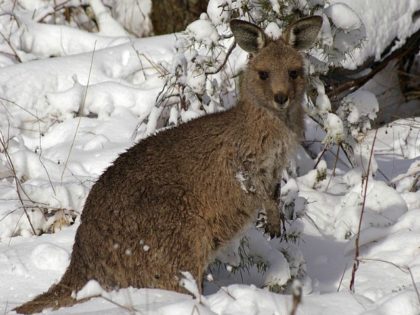
Much of recent global warming has been fabricated by climate scientists to make it look more frightening, a study has found.

As part of their plans to send humans to Mars, NASA plans to test nuclear fission reactors that will provide power to the planet.

Actress Gwyneth Paltrow’s lifestyle brand Goop is under fire for misrepresenting the materials contained in one of its products.

At a press conference on Wednesday, NASA announced the “Parker Solar Probe,” which will be sent on a mission to examine and research the Sun up close.

While profit and national security are key factors in our pursuit of outer space, there is also the innate human desire to strive, to seek, and to find. We are going to outer space because we are curious—and organized curiosity is about as powerful a force as there is in human nature. We are going for the reasons that inspired President Kennedy: because space is there, and because it’s cool. Indeed, those of us who will never go to space should count ourselves as lucky to be alive at a time of renewed exploratory curiosity. We are fortunate to be blessed with sturdy souls—in the public and private sectors—who are willing to take up the challenge of space-questing.

In our first installment, we noted that in the distant past, China had invented key technologies—for war-fighting and ocean-voyaging—and yet had failed effectively to develop them. So now let’s consider the possible fate of another country, the United States. In the 20th century, America broke ground in two technological frontiers: cyberspace and outer space. Both now face serious competition from China. As we shall see, the U.S. chose to develop effectively one of these technologies, but not the other. So could the U.S. today be making the same sort of mistake that China made in the past? We’ll likely know the answer to that question sometime in this century, but even now, the early warning signs are ominous.

NASA have revealed their 4-step space plan for the next 15+ years, expressing their intentions to complete Mars missions by the 2030’s.
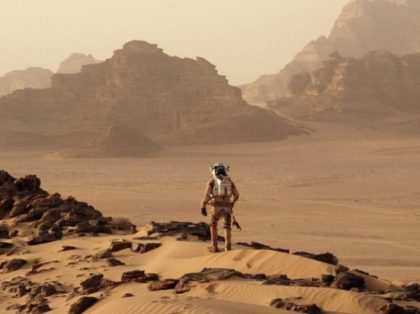
Former astronaut Buzz Aldrin spoke at the Humans to Mars conference in Washington, D.C. this week where he urged NASA to defund the International Space Station in order to dedicate more resources to exploring Mars.
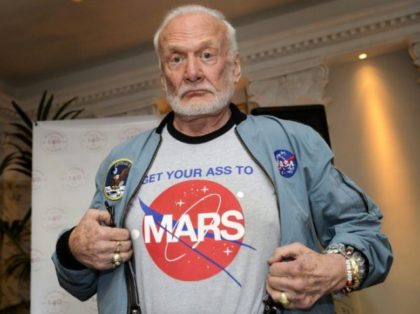
One small step for man, one giant leap for…Roger Goodell?
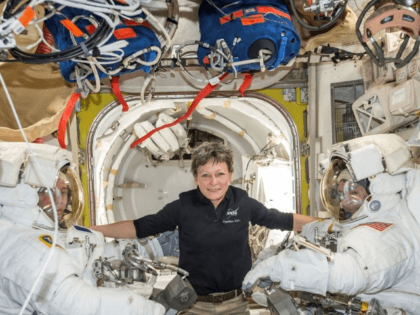
President Donald Trump spoke with NASA astronauts aboard the International Space Station on Monday, as one of them, Peggy Whitson, set the U.S. record for most cumulative days in space.
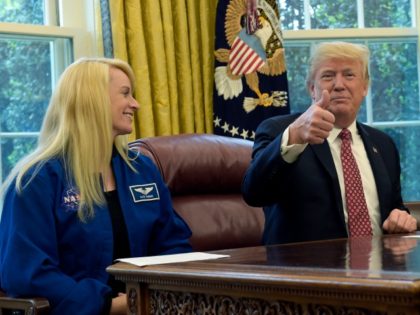
The National Aeronautics and Space Administration (NASA) released new findings on Tuesday that reveal extreme weather can be beneficial to the Earth and its inhabitants.
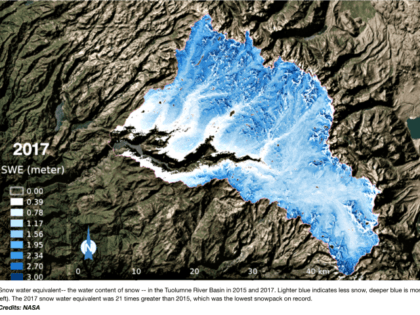
CAPE CANAVERAL, Fla. (AP) — A tiny, ice-encrusted ocean world orbiting Saturn is now a hotter-than-ever candidate for potential life.

In a feature on Tuesday, CNBC explained how the Chinese government plans to overtake the US space program, as well as private companies such as SpaceX.
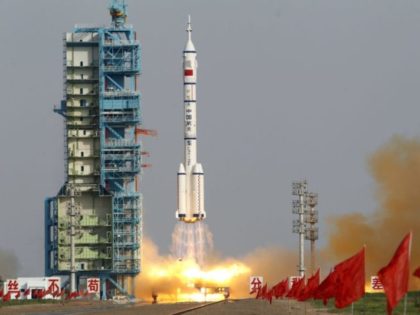
In President Donald Trump’s weekly address to the nation, he reviewed a unique moment in the history of NASA, its Hubble telescope, and the future of the James Webb space telescope as he highlighted this week’s signing of the NASA Transition Authorization Act into law.
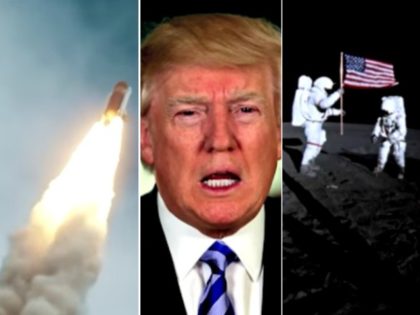
A former NASA astronaut says he knows the truth about aliens.
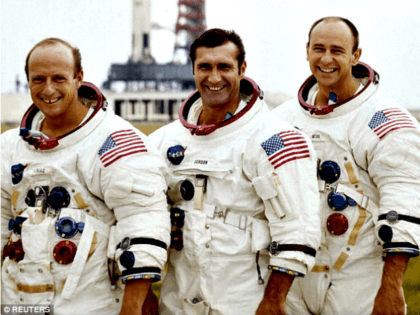
Scientists may have discovered a proverbial Fountain of Youth that NASA is very interested in.

During Saturday’s Weekly Address, President Trump touted the NASA Transition Authorization Act, which he stated renews “our national commitment to NASA’s mission of exploration and discovery.” Transcript as Follows: “My fellow Americans, This week, in the company of astronauts, I was
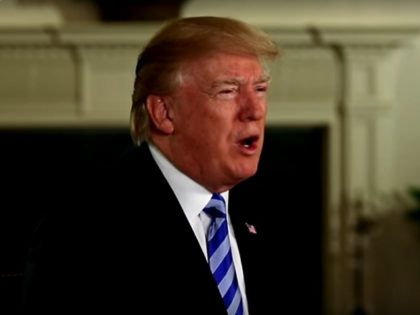
There was only one new revelation at the hearing, and it was a bombshell: senior Obama administration officials could have known the identities of surveillance targets.
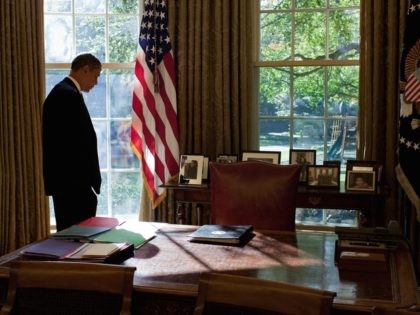
NASA has tracked down a lost Indian lunar probe that last had contact with Earth in 2009 by using a new microwave radar detection system to follow its orbit around the moon.
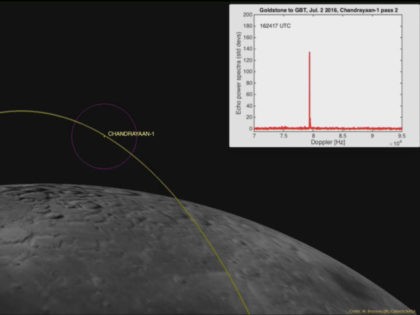
Pluto — along with more than 100 other objects in our solar system — may be considered a planet after all if a new suggested definition is accepted.

CAPE CANAVERAL, Fla. (AP) — For the first time, astronomers have discovered seven Earth-size planets orbiting a single nearby star – and these new worlds could hold life.
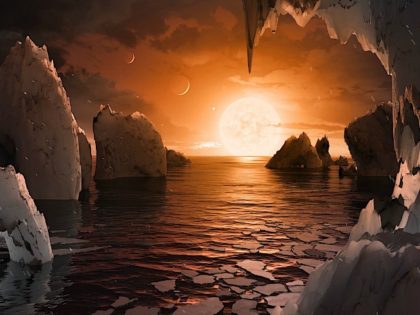
I do hope that Gavin “Toast” Schmidt, the head of NASA’s Goddard Institute of Space Studies (GISS), followed the advice I gave him a few months back. Because it now looks very much as if he and many of his colleagues are about to face exciting new job opportunities, hopefully in areas best suited to their talents, such as the challenging world of fast-food retail.
